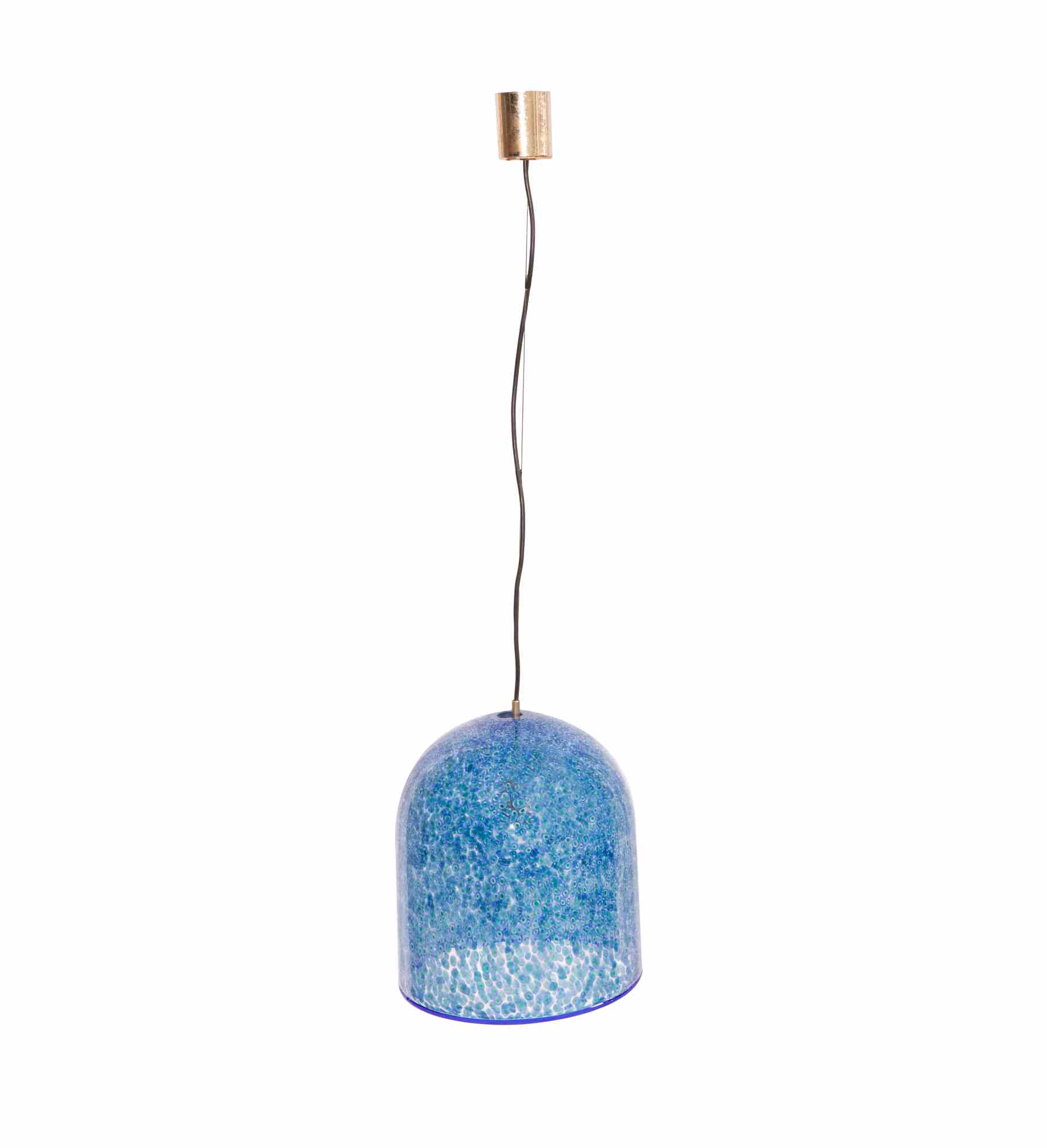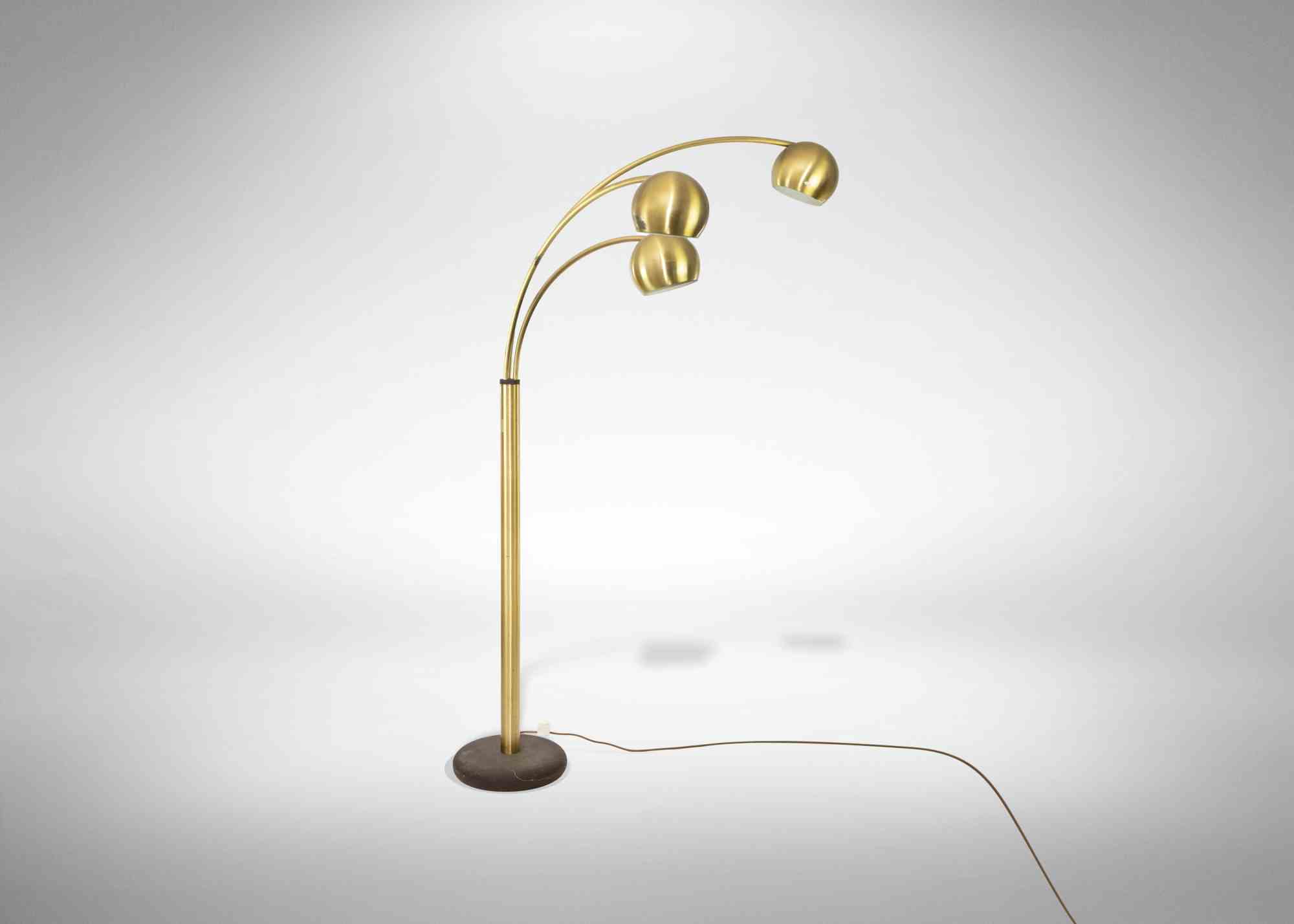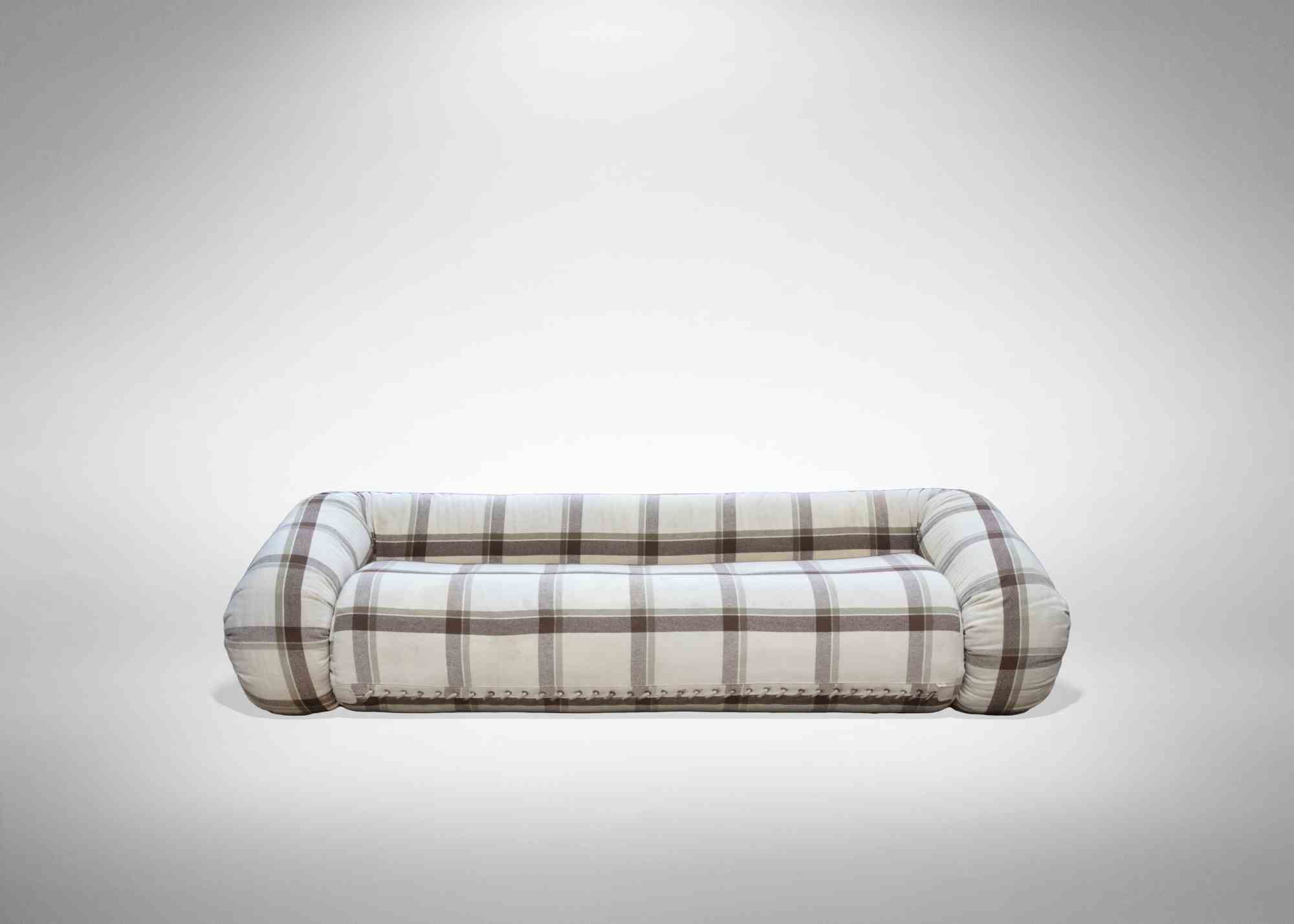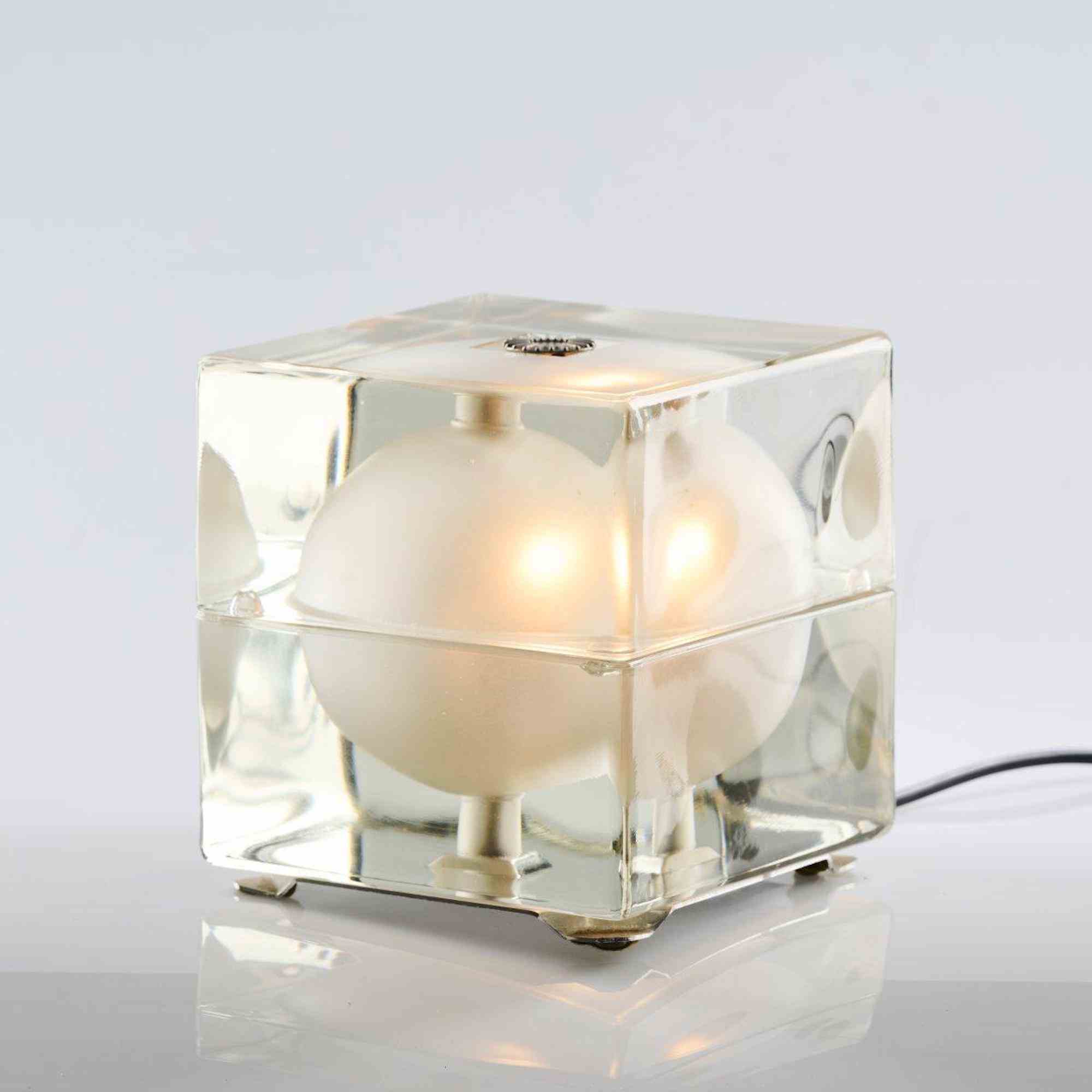
Italian Design: The Perfect Blend of Innovation and Tradition
Italy has long been renowned for its contributions to art, architecture, and design. From the Roman emperors who commissioned grand architectural works to the Renaissance masters who pioneered new techniques in painting and sculpture, Italians have always valued beauty and creativity. This passion for the aesthetic continues today in Italian industrial and product design, which is characterized by its emphasis on form, function, and artistry.

The Rise of Italian Design
Modern Italian design emerged after World War II as the country worked to rebuild and redefine itself. With scarcity of materials, designers had to focus on simplicity and functionality. They embraced minimalism and found inventive ways to maximize utility. As the economy improved, Italian designers were able to focus more on bringing an artistic sensibility to mass-produced consumer goods. Their products conveyed subtle elegance through curving lines, high-quality materials, and attention to detail.
Italian Design Aesthetics
Some key principles came to define the Italian design aesthetic. Form was just as important as function – or even more so. Beauty was never sacrificed for practicality. Italian designers also embraced creativity and weren’t afraid to experiment with new materials and production methods. They blended traditional craftsmanship with technological innovation. And there was a concerted effort to make products that would bring joy and beauty into people’s everyday lives.
Certain materials became closely associated with Italian design, including plastic, chromed steel, molded plywood, and glass. Plastics allowed designers to introduce bright colors, flexible forms and affordable products to the mass market.

The Global Influence of Italian Design
Italian design is adored and coveted across the world and there are several key factors that have contributed to its global fame.
Firstly, Italian design embodies Italian culture and style. It reflects attributes like creativity, elegance, and an appreciation for beauty and craftsmanship. This sensibility resonates with people across cultures who value good taste and sophisticated aesthetics. The Italian panache adds cachet and desirability to any product.
Secondly, Italian designers pioneer new materials, technologies and methods. From plastics to digital manufacturing, they combine innovation with traditional artisanal skills. This enables them to create forms and features that stand out as original yet timeless. It strikes that elusive balance between cutting-edge and classic.
Thirdly, Italian design fuses form and function in clever, user-centric ways. The products provide effortless utility with their intuitive designs. At the same time, they deliver pleasure with aesthetically pleasing shapes, textures and colors. This marriage of practicality and artistry heightens everyday experiences.
Finally, “Made in Italy” branding carries enormous cachet. Italy conveys craftsmanship, quality and sophistication across categories. The country’s stellar reputation in domains like fashion and automobiles also boosts perception of all Italian exports.

Conclusion
Today Italian design is synonymous with words like innovative, elegant, creative, and high-quality. While rooted in Italy’s artisanal history, Italian design continues to redefine itself using new forms, materials, and production methods. Its focus on bridging form and function with artistic expression remains unchanged.
Related artworks

Vintage Wall Mirror by Gianni Moscatelli for Formanova
Gianni Moscatelli
1970s
1500€

Triennale Floor Lamp
Angelo Lelli
1949
26625€

Neverino Ceiling Chandelier by Gae Aulenti for Vistosi
Gae Aulenti
1976
1594€

Vintage Brass Floor Lamp
Goffredo Reggiani
1970s
900€

Coronado Sofa
Afra Bianchin, Tobia Scarpa
1977 ca.
2800€

Anfibio by Alessandro Becchi
Alessandro Becchi
1970s
15000€

Set of 6 Vintage Chairs
Joe Colombo
1960s
3800€

Vintage Sideboard of Eight Drawers
Ico Parisi
1970 ca.
2400€

Vintage "Maralunga" Two Seats Sofa
Vico Magistretti
1970s
3800€

"Agarico" Tabel
Beppe Viola
1960s
4500€

Vintage Coat Stand
Carlo De Carli
1970s
562€

Coffee Table
Willy Rizzo
1970s
2800€

Vintage Sideboard
Willy Rizzo
1970s
10800€

Set of 4 Vintage Chairs Model 969
Gio Ponti
1940s
4400€

Rattan Single Bed
Gio Ponti
1950s
1500€

Cubosfera Table Lamp
Alessandro Mendini
1968
2800€

Foglia 643 Table Lamp
Elio Martinelli
1969
1300€

Slalom Table Lamp
Vico Magistretti
1981
1200€

Polifemo Floor Lamp
Carlo Forcolini
1983
1600€

Set of Three Vintage Bookshelves "Zibaldone"
Carlo Scarpa
1974
9500€

Vintage Floor Lamp
Gianfranco Frattini
1960s
3800€

Organ Floor Lamp
Goffredo Reggiani
1970s
4600€

Sgarsul Rocking Chair
Gae Aulenti
1960s
2800€

Brass Table Lamp Pulegoso
Aldo Nason
1970s
1800€

